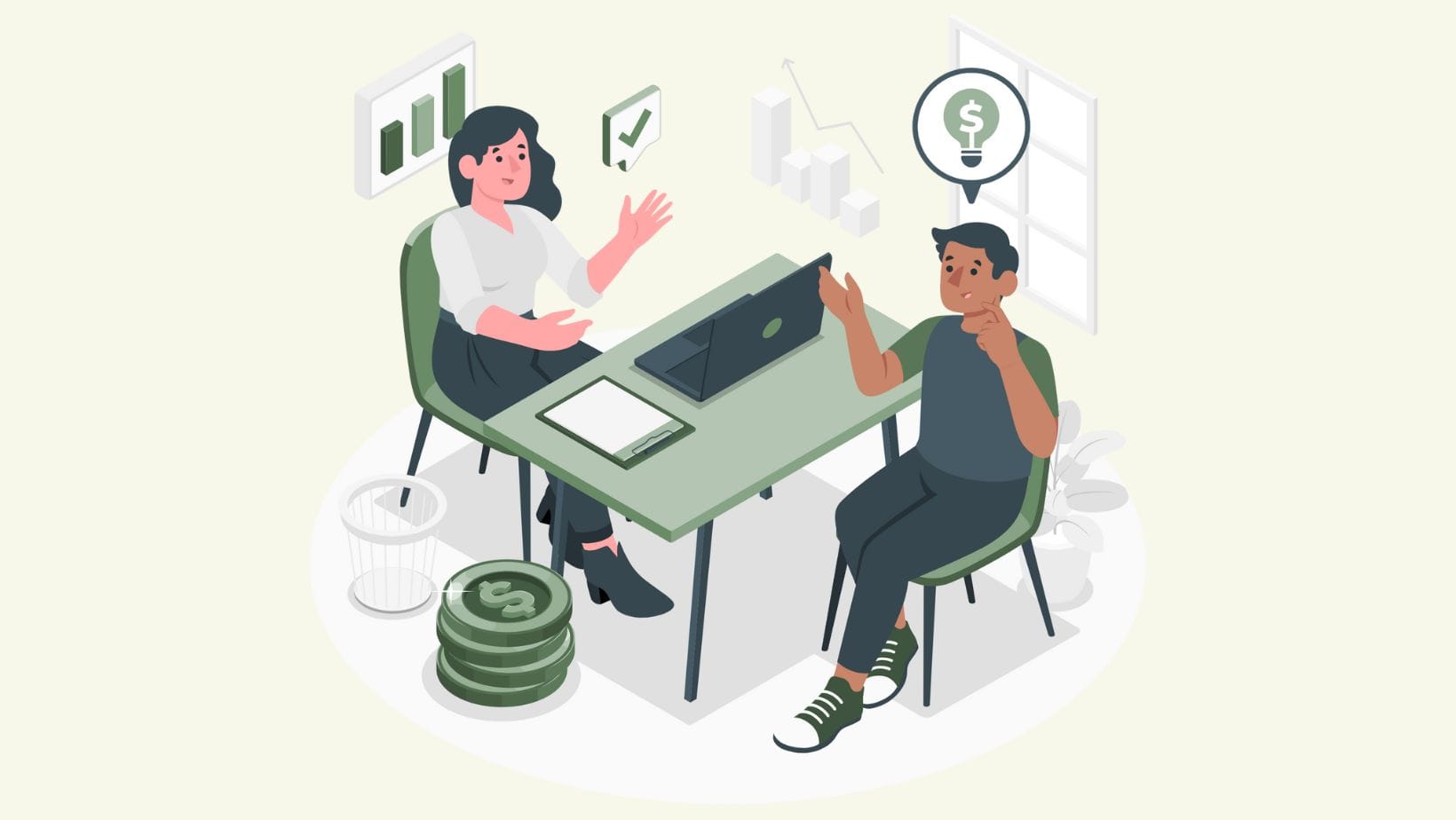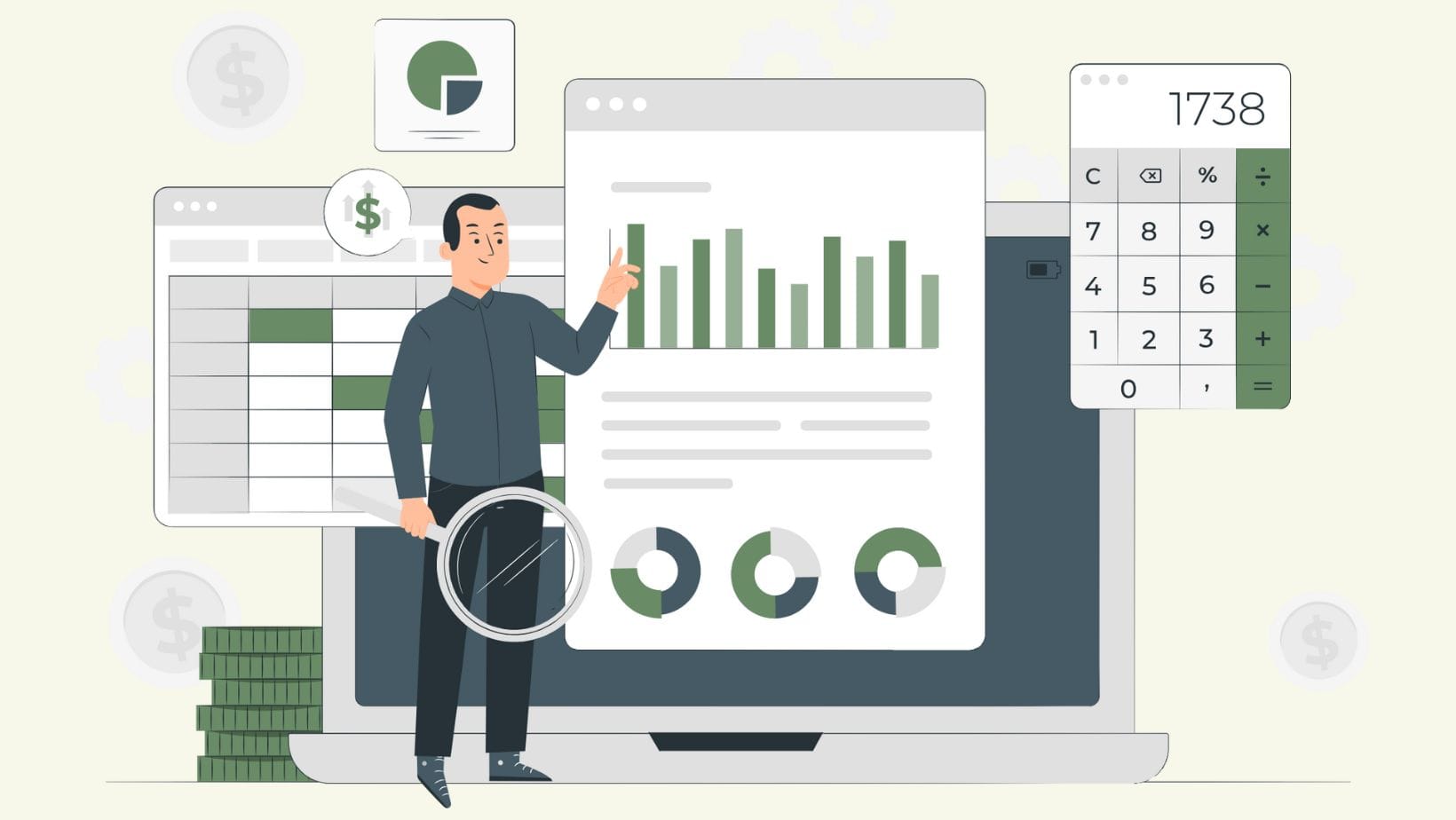Achieving a stable financial situation may seem complicated, but it's possible. Studies have shown that about 40% of people in the U.S. would struggle with a sudden $400 expense. This indicates how many people are living financially on the edge of subsistence. But with the right attitude and methods, it's possible to become financially independent, even starting from a negative net worth.
How can one overcome obstacles and improve their financial life? Are you looking for a comprehensive guide to achieve financial independence? Let's explore the possibilities, dispel myths, and outline the step-by-step path together.
What Does It Mean to Start from a Negative Net Worth?
Starting with little or no assets presents several challenges as you strive for financial independence. In this situation, it's not only about living paycheck to paycheck. It's also about dealing with the stress of not having enough for surprise bills or to save for later.
Realizing why you might be in this state is critical to starting to change it. This can be temporary and can change with better jobs, more education, and better money management.
Understanding the Basics of Financial Independence

Financial independence means that you have enough wealth to make a living without needing a regular job. It's about having your investments, savings, and passive income pay your bills so you don't have to work if you don't want to.
If you're starting with limited funds, realizing that financial independence is possible is the first step. It would help if you learned that your money can grow over time and that investing early and saving regularly is essential. Even small amounts can add up.
To achieve financial independence, you need to put a plan in place. This can include paying off debt, saving for emergencies, and starting to invest. If you know the basics, such as how to budget, spend less, and invest, you can make better financial decisions.
Assessing Your Financial Situation
To become financially independent, the first important step is to check your financial health. Here's a quick financial assessment checklist to help you determine your financial situation.
Now, let's detail what assessing your financial situation means. This means looking closely at your assets, liabilities, income, and expenses to better understand your overall financial health.
- What You Owe: Understanding Your Debts
Start by making a list of all your debts. This list should include credit cards, student loans, and any other money you must repay. Once you know exactly how much you owe and the interest rates on those debts, you can determine which ones you need to pay off first. As a rule, you should tackle the debts with the highest interest rates so you don't have to pay more over time.
- What You Own: Your Assets
Next, look at what you own that has value, such as savings, investments, or even a car or house. This helps you see your net worth, which is what you own minus what you owe. It shows you what resources you have that can assist you in paying off your debt or investing further.
- How Much You Make: Your Income
It would help to calculate your monthly income. Add up everything you earn in a month from all sources. This total shows your earning power.
- Where Your Money Goes: Tracking Expenses
Track your spending to see what you're spending money on. It can help you find ways to save money, such as eating out less, canceling subscriptions you don't use, or cutting back on shopping for things you don't need.
Building Your Financial Independence Plan
Building a plan for financial independence is a big step forward, especially if you're starting with small capital. It's like creating a map that shows you the way to a worry-free financial future.
Here is the crux of it.
Let us look into how you can create a financial freedom plan for yourself in more detail.
- Setting Goals You Can Reach
First, decide on your financial goals. Make them clear and write them on a list you can tick off. Whether getting rid of debt, saving for emergencies, or planning for retirement, your goals should show what you hope to achieve from financial freedom.
- Building a Budget That Fits You
Your budget is the most crucial tool in your plan. It should cover your income, your expenses, and your savings goals. A budget helps you to use your money optimally for your goals.
- Paying Off Debt Smartly
Debts with high interest rates keep you from saving and investing. Tackle these debts first. Reducing your debt will not only give you more money to save and invest, it will also improve your credit score. This will open up new financial opportunities for you.
- Saving and Investing
An emergency fund is your safety net. Try to save at least three to six months' worth of expenses. Once you've managed that, you can start investing extra money.
Investments are the key to growing your money and becoming financially independent. Start with as much money as you can. Over time, even small amounts will increase through compound interest. You should look at different investment options, such as shares or bonds, and choose what suits your risk level.
- Continuous Learning
You can make better decisions knowing more about money management and investing. Use books, online courses, and workshops to make yourself smarter about finances. The more you learn, the better your decisions will be.
Tools and Resources

ReachFi empowers you to achieve financial independence. This calculator considers your expenses, savings, and investments to determine when you can reach financial freedom. With ReachFi, managing your money becomes enjoyable, leading you to a stage where working is a choice rather than a necessity.
Is Achieving Financial Independence Difficult When Starting With Debt or No Assets?
Achieving financial independence when you're starting from scratch is indeed challenging. But it's not impossible. It's about being determined, making a plan, and being willing to learn and change when needed. You have to set goals that you can achieve. Then, you have to be smart about spending, saving, and investing your money.
Tools like ReachFi can help you make this easier. They give you tailored tips, making the whole process less overwhelming.
